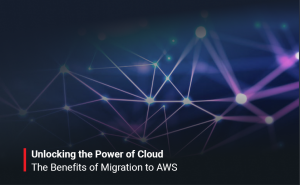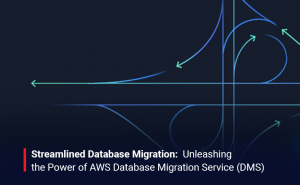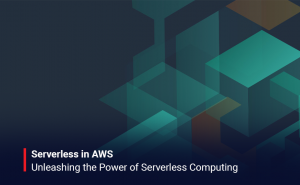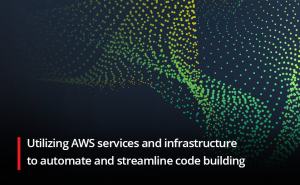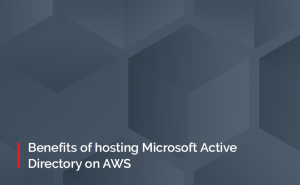Key measures to be taken for enforcing security controls for ASP.NET workloads hosted on AWS
by Pentagon | Dec 19, 2022 | Uncategorized |
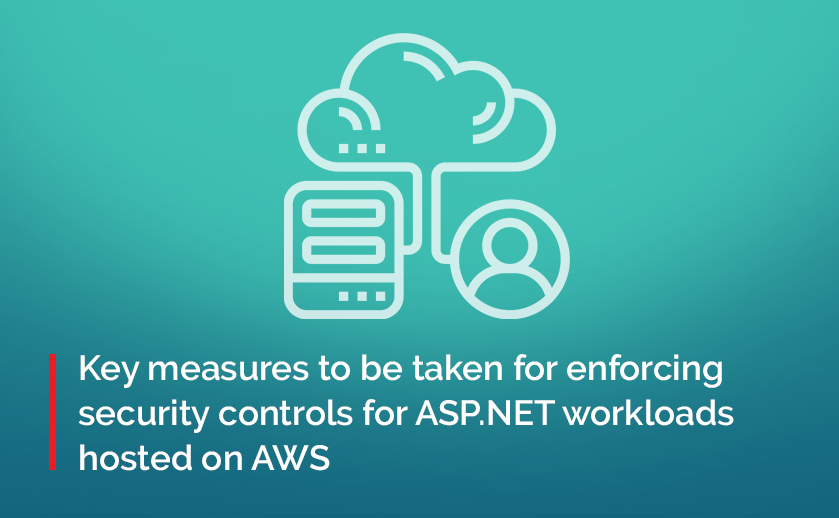
- Use AWS Identity and Access Management (IAM) to create and manage users, groups, and permissions. This will allow you to set up the least privileged access controls so that users only have the permissions they need to perform their specific tasks.
- Enable Multi-Factor Authentication (MFA) for all users who have access to sensitive data or AWS resources. This will add an extra layer of security, requiring users to provide a second authentication factor (such as a code sent to their phone) when they log in.
- Use Amazon Virtual Private Cloud (VPC) to isolate your workloads in a private, secure network. This will allow you to create subnets, control access to resources, and set up network security rules.
- Use AWS WAF to protect your applications from common web exploits. AWS WAF is a web application firewall that lets you monitor and control incoming and outgoing traffic to your web applications.
- Use AWS Shield to protect against distributed denial of service (DDoS) attacks. AWS Shield is a managed DDoS protection service that automatically scales to protect your workloads against the largest and most sophisticated attacks.
- Use AWS Secrets Manager to securely store and manage your application secrets (such as database passwords, API keys, and other sensitive information). This will help you avoid hard-coding secrets in your code, and make it easier to rotate and manage them over time.
- Monitor your workloads for security vulnerabilities and compliance issues using AWS Security Hub. AWS Security Hub consolidates findings from multiple AWS services, third-party security solutions, and customer-defined policies, making it easier to identify and respond to security issues.
- Regularly back up your data using AWS Backup. AWS Backup is a fully managed backup service that makes it easy to automate and schedule backups of your data, helping to protect against data loss and accidental deletion.


